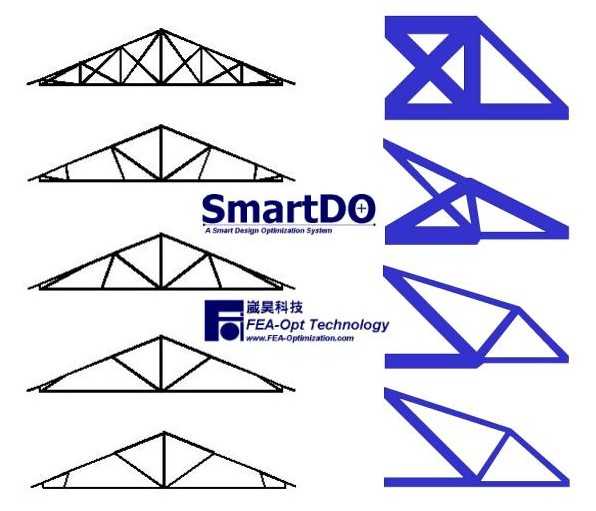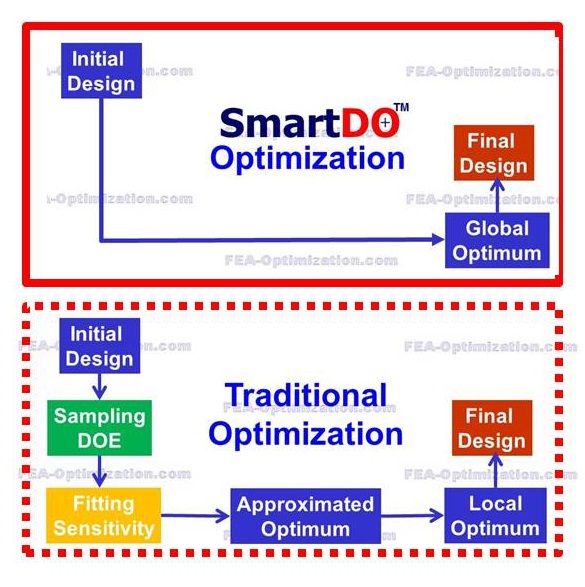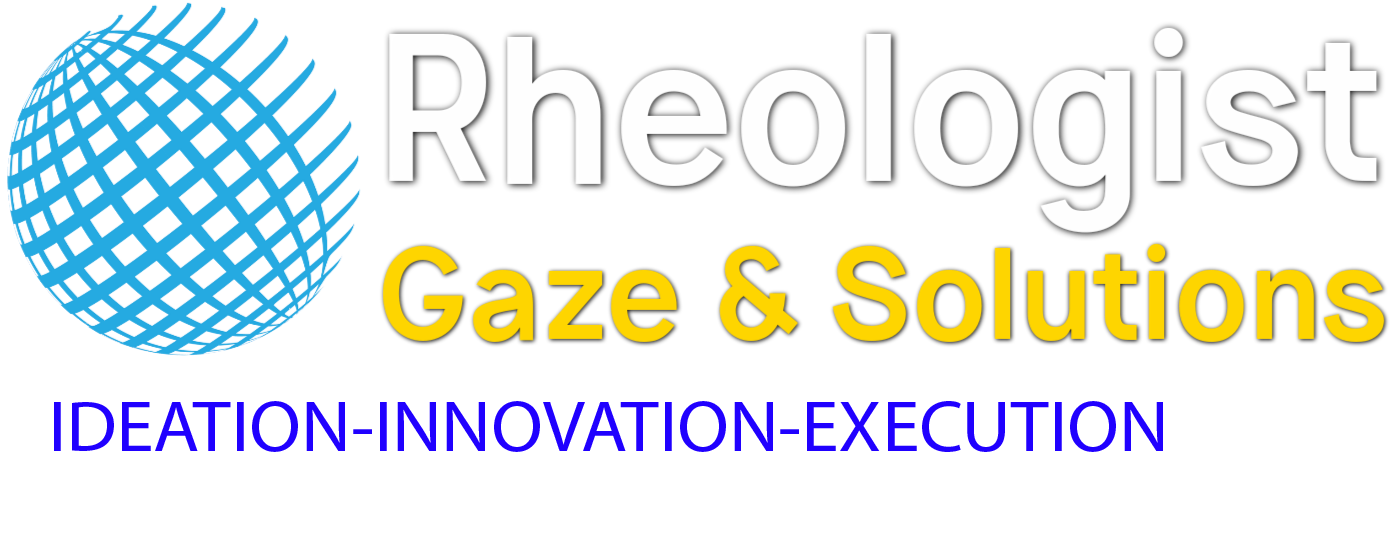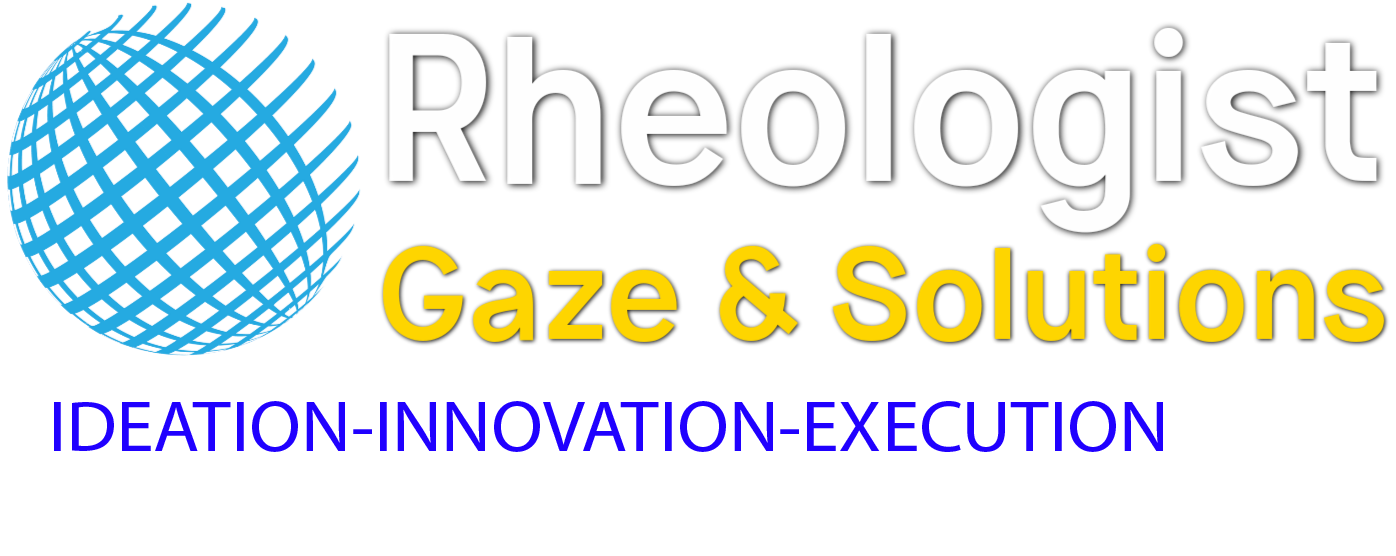Here’s a summary and deeper look at SMARTDO, the multidisciplinary/multiphysics design-optimization software from FEA-Opt Technology — what it is, how it works, its features, strengths & limitations, and how it compares with alternatives. If you like, I can also get licensing/pricing info relevant to India.
What is 
SmartDO is a software platform for automatic design optimization, especially in CAE-based / physics-driven engineering workflows.
Developed by FEA-Opt Technology (Taiwan).
It supports optimization of designs that involve multiple disciplines (structure, thermal, fluids, multiphysics coupling, etc.) and aims for relatively “push-button” automation, reducing manual work in the optimization workflow.
Key Features & Capabilities
Here are what SmartDO offers, based on the latest sources:
| Optimization methods | |
Supports a combination of methods: Gradient-based nonlinear programming; Genetic Algorithms (Robust GA); plus hybrid/combined approaches. |
| Direct Global Search |
| Its “Direct Global Search” strategy seeks global optima, trying to reduce dependence on manual tweaking (like parametric study or sensitivity studies) by automatically handling things like escaping local minima. |
| GUI + Scripting |
Has both a GUI (“SmartLink”, “one-page setup”) and scripting capability (Tcl/Tk, and increasingly Python) for customizing workflows.  |
| Multi-objective optimization |
| Supports synchronous / advancing Pareto optimal methods so that multiple objective functions can be improved simultaneously. |
| Robustness & error detection |
| Features like S.A.F.E.D (Secured Adaptive Function for Error Detection) help deal with failures of CAD/CAE evaluations, non-convergence, etc., automatically. |
| Large number of design variables/constraints |
| Integration with CAD/CAE tools |
SmartLink allows linking with commercial CAE tools (ANSYS, etc.), also with open-source tools (FreeCAD, CalculiX, etc.) via its “OpenXim” platform.  |


| Automation & push-button workflows | After setup, optimizations can be triggered with minimal manual intervention. Emphasis is on “push-button automatic design optimization”. |

Applications / Use Cases
https://rgees.in/SMARTDO---Application-Case
Strengths
-
Very capable of automating many tedious parts of design optimization (setups, linking with CAE, avoiding manual sensitivity studies).
-
Supports large, complex problems with many variables/constraints.
-
Robustness: handles infeasible starting designs, CAE failures, numerical noise, etc.
-
Flexibility via scripting / open interfaces.
-
Multi-objective support.
-
Integration with both commercial and open source tools, especially with recent versions.
Latest / New Features
Some of the latest enhancements in SmartDO include:
-
OpenXim: more integration with open-source CAD/CAE tools (FreeCAD, PrePoMax, CalculiX) so users are not locked to commercial toolchains.
-
Improved multi-objective optimization: “synchronous advancing Pareto optimal” method to better improve all objectives together, rather than sacrificing one for another.
-
More universal connections / external program linking features.
Use-Case Suitability & Considerations
If you're considering using SmartDO, here are things to check:
-
CA Example Support: What CAE tools you use now (ANSYS, Abaqus, OpenFOAM, etc.), and whether SmartLink supports them out-of-the-box. If not, whether writing custom links (via scripting) is feasible.
-
Compute Resources: Do you have sufficient HPC or multi-core / cluster resources? Because optimization (especially with many variables/physics) can require many CAE runs.
-
Model Quality: The better the CAE model (mesh, boundary conditions, etc.), the more reliable the results will be. Also, setting good constraints/objectives is crucial.
-
Licensing & Cost: Proprietary tools often have recurring licensing or support costs; need to estimate TCO.
-
Team Skillset: If you or your team are comfortable with scripting, handling multiphysics, etc., you can leverage more of the tool; otherwise, you may use it more in its GUI mode.
-


